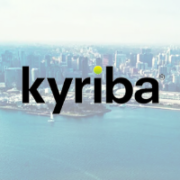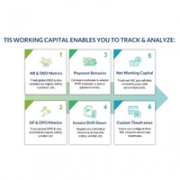Blockchain and payments: further on the Gartner Hype cycle?
| 24-01-2018 | Carlo de Meijer |
 Payments is increasingly seen as an area that is ripe for disruption, having the potential to enhance payment processing. To overcome the current structural weaknesses in the payments area including low speed, high expenses, financial institutions are increasingly adopting the idea of blockchain or distributed ledger technology (DLT). This in order to offer (near) instant cross-border payments at lower costs, higher security and more reliability. Up till recently most of these trials have been non-interoperable stand-alone solutions. But that may change!
Payments is increasingly seen as an area that is ripe for disruption, having the potential to enhance payment processing. To overcome the current structural weaknesses in the payments area including low speed, high expenses, financial institutions are increasingly adopting the idea of blockchain or distributed ledger technology (DLT). This in order to offer (near) instant cross-border payments at lower costs, higher security and more reliability. Up till recently most of these trials have been non-interoperable stand-alone solutions. But that may change!
Last month Blockchain bank consortium R3CEV and 22 of its partners announced that they were collaborating on the development of a cross border payments platform built using distributed ledger technology. This may be the first time a shared infrastructure has been developed that addresses the full payment workforce.
The question is: where are we now in the Gartner cycle, and will this R3 initiative be the breakthrough for a more massive adoption of this technology in the payments area?
Central banks: still see hurdles
Also central banks are actively investigating and in some cases even experimenting with blockchain including those of the United States, Canada, China, U.K., France, Germany, the Netherlands, Singapore, South Africa, and Sweden. Central banks’ interest in blockchain represents further recognition of the technology’s potential to transform many aspects of financial systems worldwide, including international payments. They are generally positive about the technology’s potential for applications such as international payment solutions.
On the other hand central banks also note technical obstacles such as scalability and other concerns such as privacy, security and legal issues. They generally emphasize that the technology is still at an early stage and may be years away from widespread use for such applications.
In a recent published research paper, the Deutsche Bundesbank offers up some encouragement for DLT acceptance. They are highlighting the technology’s ability to eliminate reconciliation processes, boost transparency and protect against cyber-attacks. The Bundesbank however dampened the blockchain enthusiasm, dismissing distributed ledger technology’s prospects in retail payments, at least in the Eurozone, which already boasts fast transfers and systems that require a minimum of reconciliation and can process millions of transactions with ease every day.
The authors concede that “it is still unclear whether DLT also has the edge over today’s technology in terms of security, efficiency, costs and speed”.
Read the full article of our expert Carlo de Meijer on Finextra

Economist and researcher











